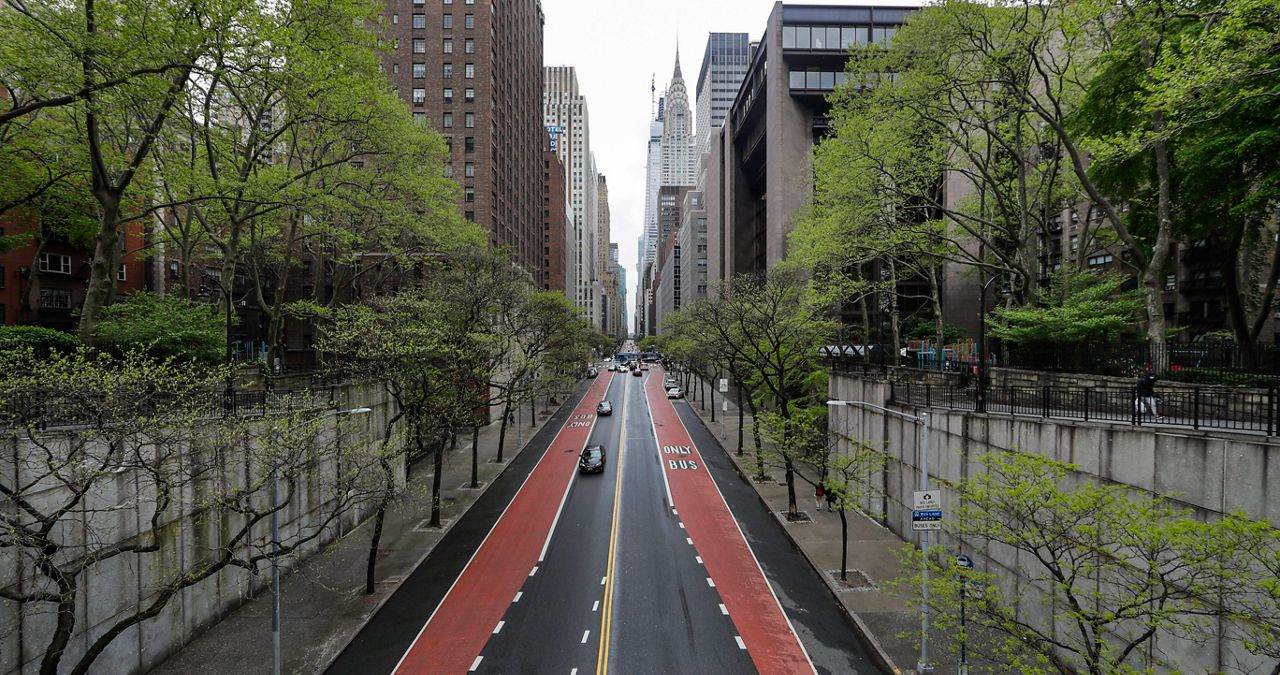New York faces perhaps one of the most pivotal weeks since the novel coronavirus pandemic swept through the state, sickening and killing tens of thousands of people.
The week could decide the fate of regional economies and whether they can begin a gradual reopening process.
And the week could determine whether the state receives any federal assistance or cuts areas of spending in the budget like education and health care to make up a yawning shortfall in tax revenue.
Governor Andrew Cuomo on Sunday said the state’s reopening target set for Friday is still on, and some regions — most likely upstate areas — will be able to meet benchmarks for the first reopening phase of construction and some curbside pickup for retail.
“This state we have a clear uniform set of criteria,” Cuomo said. “It's the same all across the state, it's all science-based, it's all data-based and we'll look at those numbers, we'll look at those data points to see where it's safe to open.”
The start of the reopening comes after two months of the state’s economy being on a virtual lockdown to prevent the spread of the virus.
It’s been two of months of no work for non-essential workers and businesses, which in turn has led to layoffs and furloughs and billions of dollars in unemployment benefits being paid out by a system that has groaned under the demand.
Cuomo is looking to Washington, D.C. this week to shore up the state’s finances. Without going into details, Cuomo on Sunday said New York will likely need $35 billion to avoid major cuts.
Securing direct aid for state and local governments in the next relief package has been easier said than done for New York, one of the hardest hit areas of the pandemic.
- LIVE UPDATES: Coronavirus Impact Across CNY
- LIVE UPDATES: Coronavirus Impact Across Capital Region, Hudson Valley
- LIVE UPDATES: Coronavirus Impact Across Rochester
- LIVE UPDATES: Coronavirus Impact Across Buffalo
- INTERACTIVE: Where Are the Coronavirus Cases, Deaths In Upstate New York?
Cuomo has argued New York’s federal share so far has been paltry compared to the impact COVID-19 has had on the state.
Both issues — the reopening of the economy and federal support — are intertwined, Cuomo said.
“Just think of how a state works,” Cuomo said. “You close down businesses, their income drops, they're not paying an income tax. The state's revenue drops proportionately and that's what is happening.”



